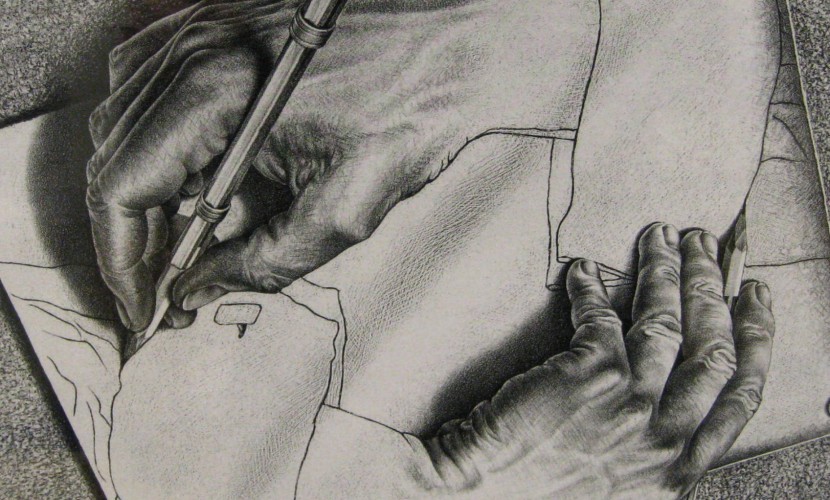Millions of Indians chant the Shāntī Pāth or the peace invocation daily at the beginning and end of every satsangh, literally a gathering of truth-seekers. Such gatherings are commonplace among the populace where thousands assemble to listen to vedic discourses from Gurus of their choice. The Shāntī Pāth is placed at the beginning of the Iśavāsya Upanishad and in its extended form is the first shlöka of the 5th Adhyāy of the Brihadaranayak Upanishad . ! PaUNa-ma\ Ad:, PaUNa-ma\ [dma\ , PaUNaa-t\ PaUNa-ma\ ]dcyato. PaUNa-sya PaUNa-ma\ Aadaya , PaUNa-ma\ eva AvaiSaYyato . ! Saaint: Saaint: Saaint:. pūrnam adah, pūrnam idam, pūrnāt pūrnam udacyate pūrnasya pūrnam ādāya pūrnam evāvaśisyate. For our purpose here we take S.Radhakrishnan’s[1] explanation : That is full, this is full. From fullness fullness proceeds. If we take away the fullness of fullness, even then fullness remains. Aum (the syllable) is Brahman (who) is the ether, the primeval ether…. Swami Chinmayanandji[2] explains it as follows : That is Whole; this is whole; from the Whole the whole becomes manifest. From the Whole when the whole is negated what remains is again the Whole. Paul Deussen[3] translates it as: That is perfect and this is perfect, out of the […]

